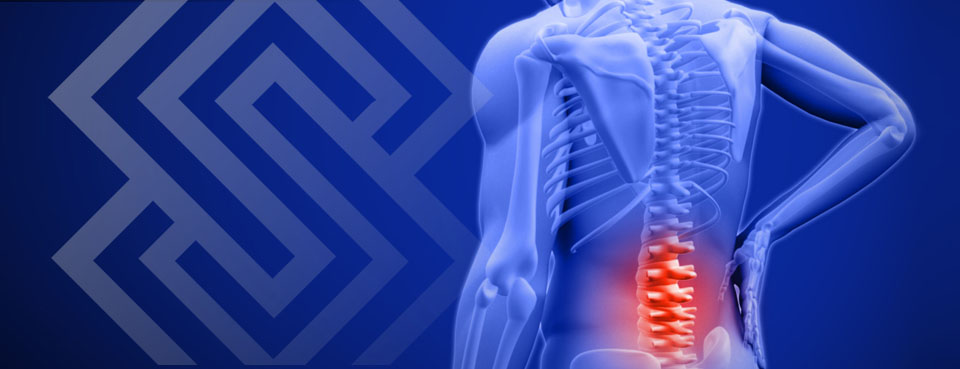Canal Stenosis
Canal stenosis is also referred to as “spinal stenosis”. Canal stenosis is an abnormal narrowing of the spinal canal. As the cartilage discs in the spine recede and bone spurs develop, the spinal canal can become tighter causing pinched nerves and other nerve complications. Canal stenosis may affect the spinal cord, surrounding soft tissues and vertebrae, causing severe pain.Canal stenosis can usually be treated or proactively managed. The method of care recommended will depend largely upon the underlying cause of the disorder and the progression of the spinal stenosis.
Canal Stenosis Causes
Natural aging and wear are the normal, usual causes of canal stenosis. Other factors that can also cause or exacerbate this disorder include:• Injury or trauma
• Osteoarthritis
• Rheumatoid Arthritis
• Congenetal Diseases
• Birth Defects
• Spondylolisthesis
• Spinal Tumors
• Facet Joints Disorders
• Bone Spurs
• Herniated Discs
• Paget’s Disease
Causes of canal stenosis can either be treated easily or can become life-threatening if not treated straight away. It is imperative to obtain a proper, thorough diagnosis immediately.
Symptoms of Canal Stenosis
Spinal stenosis symptoms vary widely depending on them effected areas off the spine and the progression of the condition.Common symptoms include:
• Pain in the lower back, legs, hips, groin and buttock areas.
• Frequent falling.
• Sudden clumsiness.
• Hot and cold sensations in the legs.
• Burning sensations.
• Foot drop- The feeling that the foot is slapping against the ground when walking.
• Pain and difficulty walking.
• Numbness and weakness in the lower back, legs, hips, groin and buttock areas.
• Symptoms that worsen when active or that improve when lying down, sitting or leaning forward.
Notice:
This advertisement has been provided for informational purposes only and should not be used as a substitute for medical treatment or an actual diagnosis. If you are experiencing pain that may be associated with back or neck disorders you should seek the care of a doctor as soon as possible or immediately if your symptoms are accompanied by incontinence / loss of bladder or bowel control, as these may be signs of life threatening condition.

